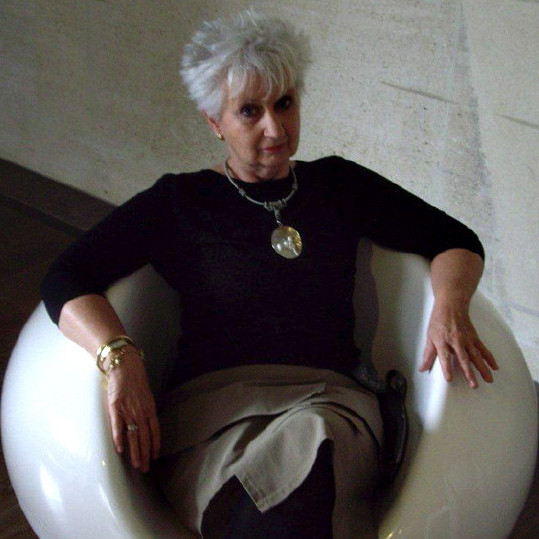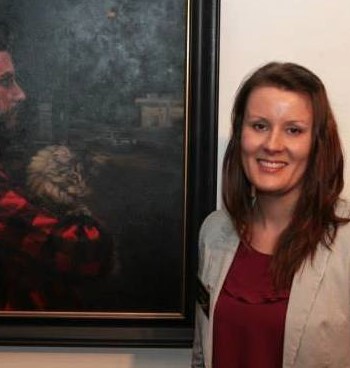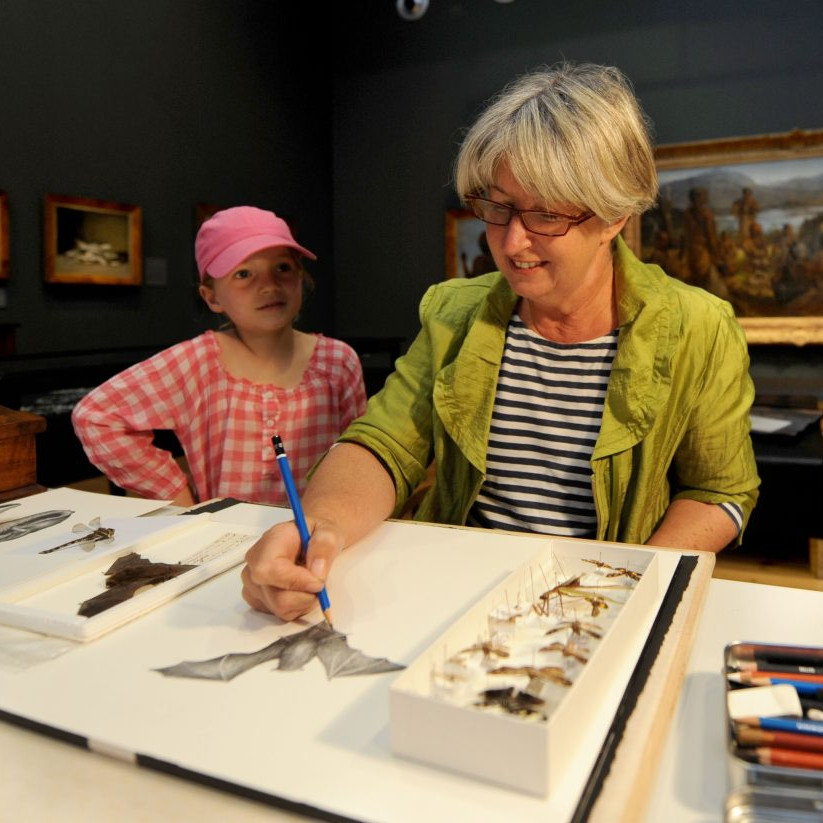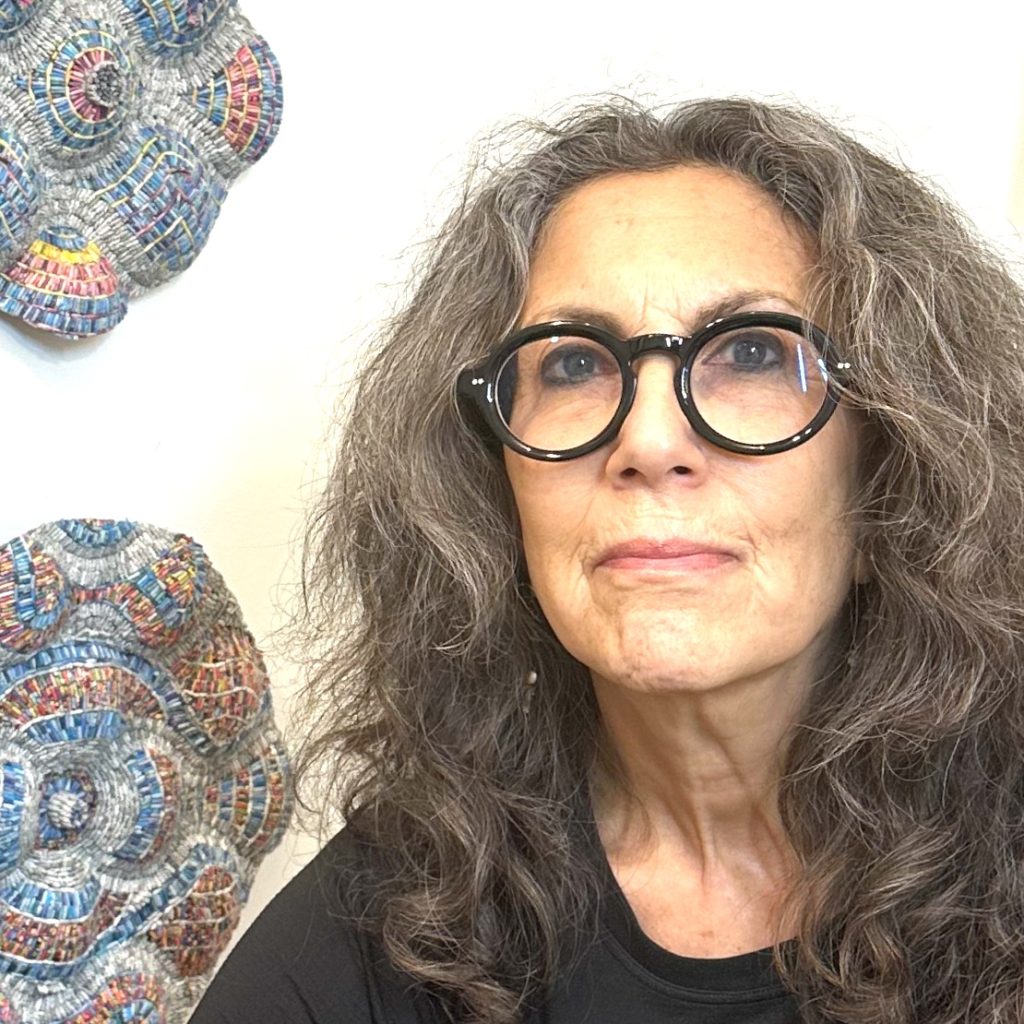Emily Jones Painter - Tasmania, Australia
You refer to your art as ‘Contemporary Representational’, can you expand on this?
Yes, I use this term as my work is a synthesis of traditional classical training fused with contemporary realism. I have developed my own style through a combination of my passion for figurative painting; formal portraiture; and urban landscapes. It works for me. My classical training gives me the freedom to realise the vision in my head and create fresh ideas that are real to my 21st century existence.
I enjoy exploring themes of ‘light and life’; ‘isolation and connection’; ‘joy and melancholy’; and ‘identity and place’. Although my work is realistic, I enjoy adding moments of abstraction. In fact, when I plan a painting I begin on the abstract level because if it works as an abstract composition, I know it’ll work as a finished representational piece.
You have a young family, explain how painting your own children has taught you the joy of capturing those precious family moments?
I return regularly to those around me for inspiration and it is a joy to paint them. My husband, daughter and cat have made repeated appearances in my work. They are handy models.
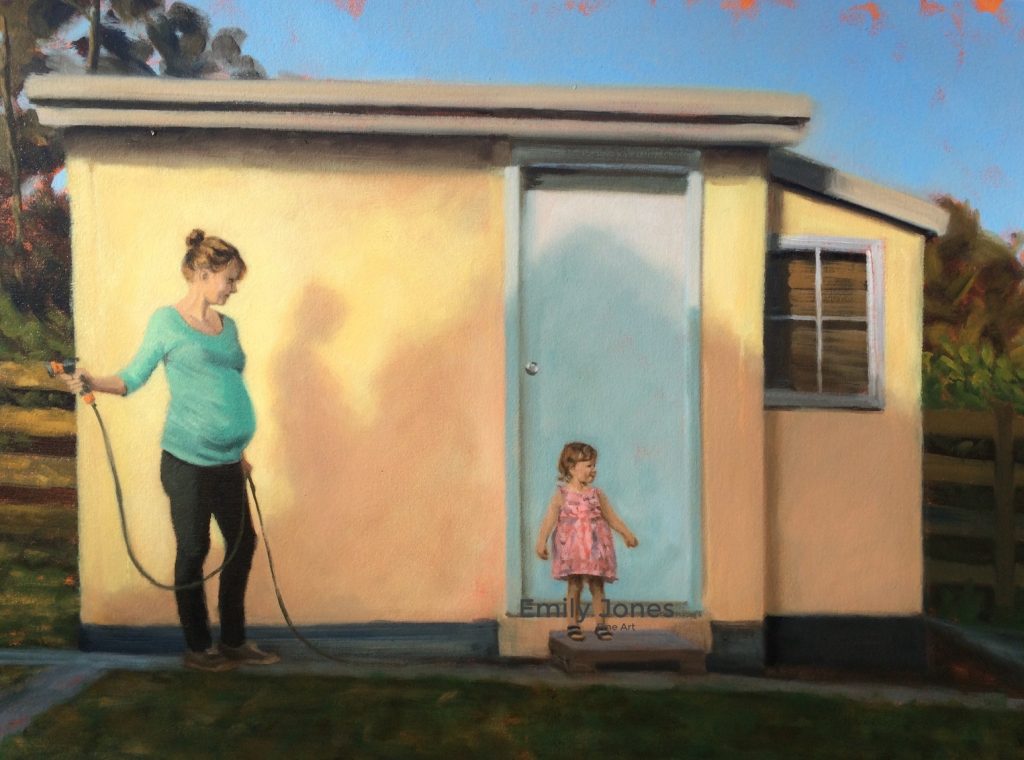
Watering,(Unfinished) 60 x 70cm, Oil on canvas
They appear as characters in my visual narratives, and yet I find their inclusion brings a special joy to the creation. It works on a deeper, and more beautiful level for me, such as in Watering Unfinished and Horizon. Tabitha Unfinished is a formal portrait that serves as a reminder that my daughter is not just a child but a person, a small human. A person with two years, experience of life.
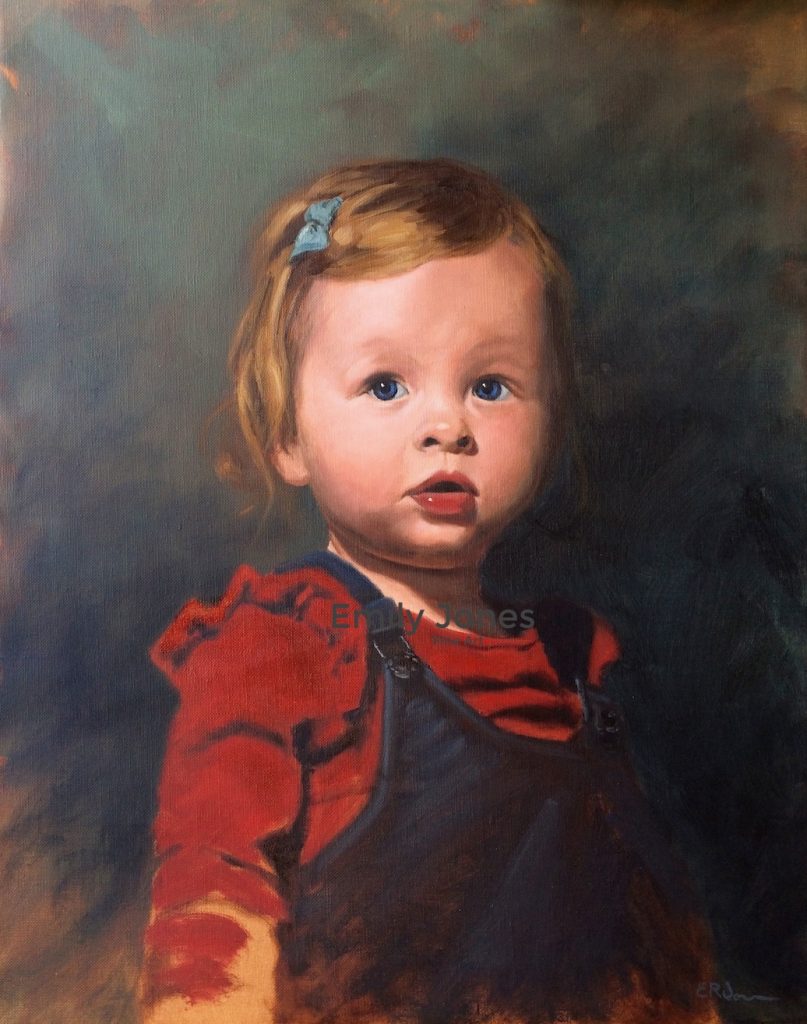
Tabitha, (unfinished) 40 x 50cm, Oil on canvas
Every day with her is a scary privilege. She is a wonderful, frustrating, unfinished work of art. This is a particularly poignant painting for me, as Tabitha’s entry into my life inspired me to pick up my brushes and work at my craft. She became my artistic catalyst. I am more prolific than ever. I dithered before but she clarified my time and choices. I now have a newborn son; I wonder what joys his arrival will bring to my practice?!
Discuss how your portrait training with The Florence Academy of Art, and Martinho Correia from the Angel Academy has influenced your work?
I have been fortunate to have trained with a number of master instructors and institutions, including six weeks of intensive learning at the Florence Academy of Art. This was an amazing opportunity to hone my craft in the most beautiful city in the world, Florence; the crucible of the Renaissance.
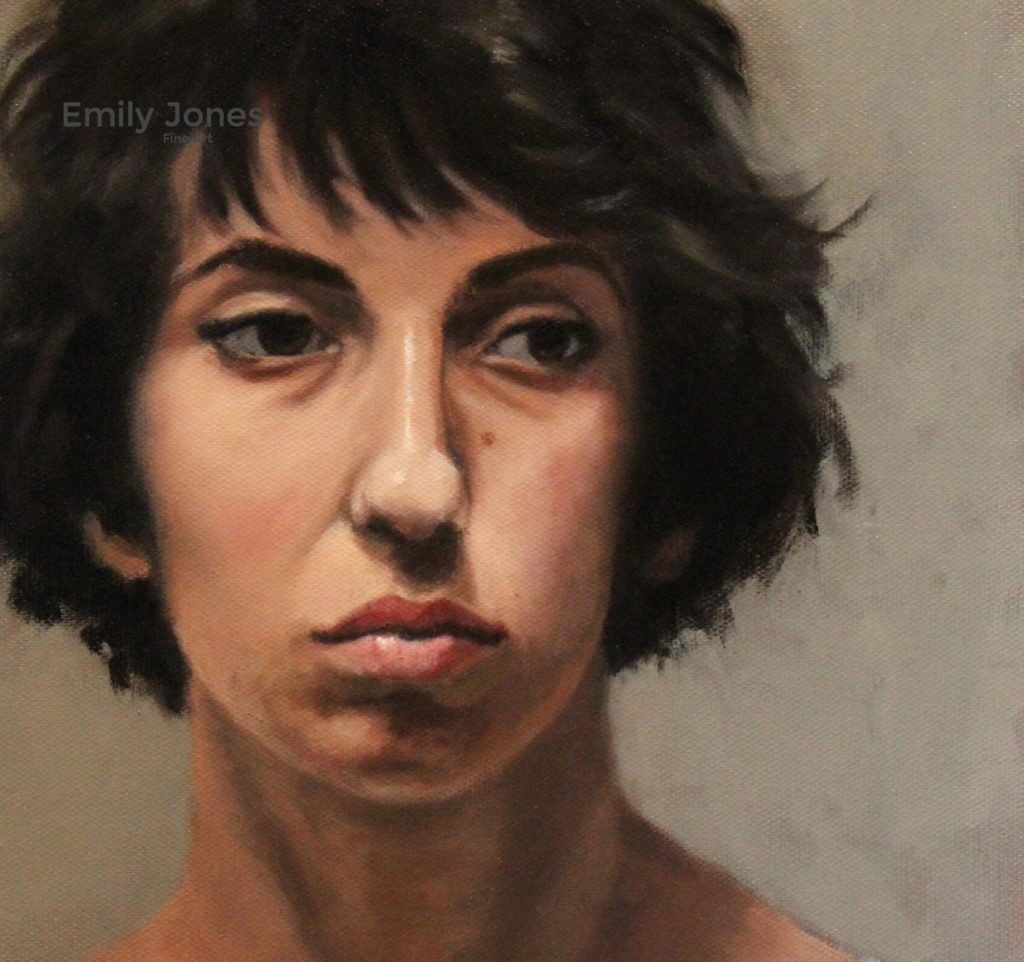
The Florentine Model, 25 x 30cm Oil on linen
This training influenced my work by giving me a broader range of skills to bring to my paintings. It really was helpful to work under a range of teachers, as it taught me that although there are guiding principles, there is still flexibility in technical application. They also provided me with helpful wisdom on making my ideas come to life beyond the picture plane.
How has your training with Steve Bowden been influential?
Several years ago, I was artistically frustrated and unable to move beyond my self-taught skills, until a friend introduced me to Steve Bowden and his traditional tonal painting method. It was a revelation to my practice! The training focused on the tonal techniques handed down from the Australian ‘Tonal Impressionists’, such as the great Max Meldrum.
In class we moved through a series of exercises that trained the eye to truly ‘see’ and understand the subject from a tonal perspective before employing colour. This transformative method has got me to the point where my technical ability matches my creative drive, where I can now confidently create what is in my head.
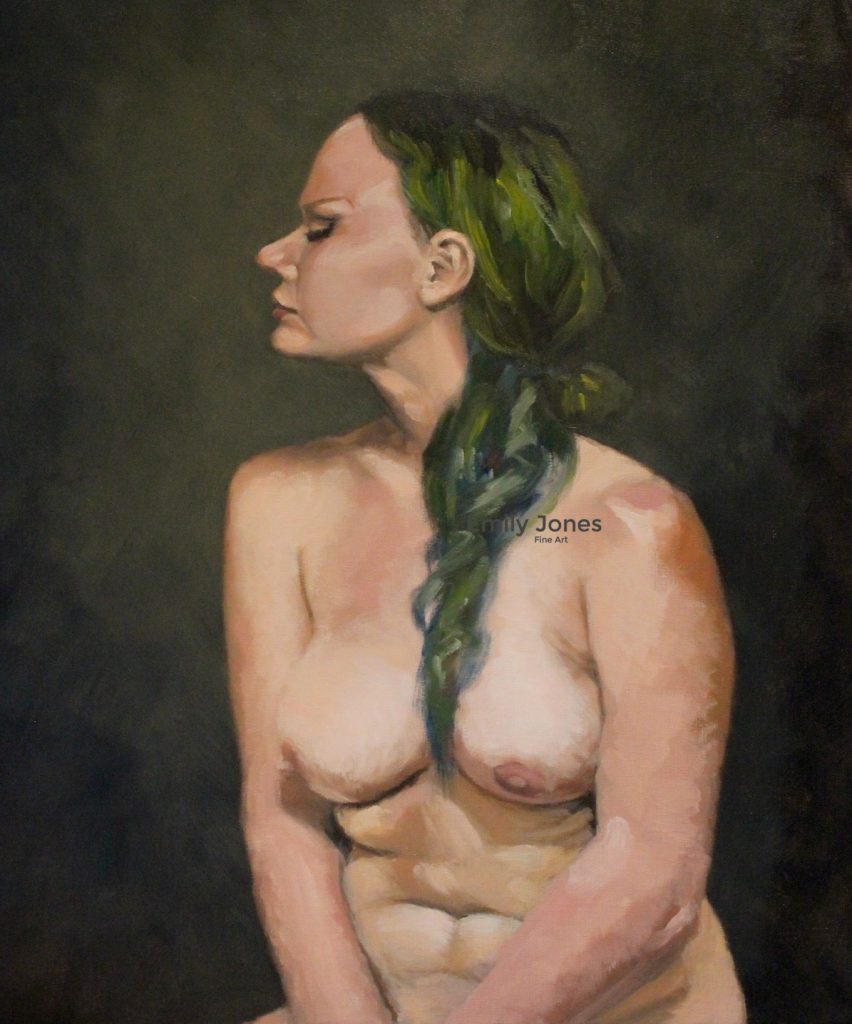
Nude with Green Hair, 40 x 50cm, Oil on linen
Steve Bowden, has been a finalist in the ‘Archibald’ can you explain the importance of this prize in the Australian art world, for my international readers?
Established in 1921, The Archibald Prize is this is the most famous portrait prize in Australia. It has a long history of controversial portraits winning the prize, as the boundaries of portraiture are pushed beyond recognition, for example, an invisible figure won a few years back.
How does your environment influence your urban landscape work, with London and Tasmania as your backdrop?
Australian artist, Clarice Beckett, looked to her local urban surroundings for inspiration. The time she was able to dedicate to her art was curbed due to the full-time care of her elderly parents. So too, my phase in life with two young children does not allow me to venture far to paint.
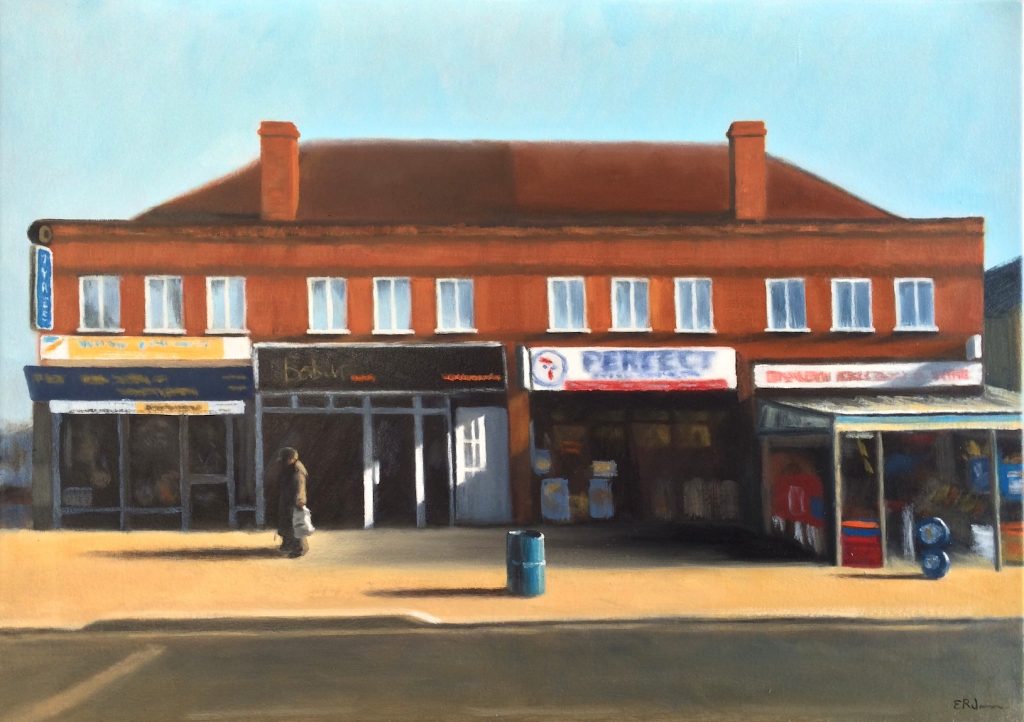
Perfect Fried Chicken, 50 x 70cm, Oil on canvas
Life is complex and time is scarce, perhaps more so for the female artist. However, rather than finding this limiting, I find my immediate environment offers inspiration. My place is my landscape; my every day, ordinary view. I explored my home environment in a recent exhibition entitled ‘Person and Place’ with two other female artists. Examples from this exhibition included Intersection and Watering Unfinished.
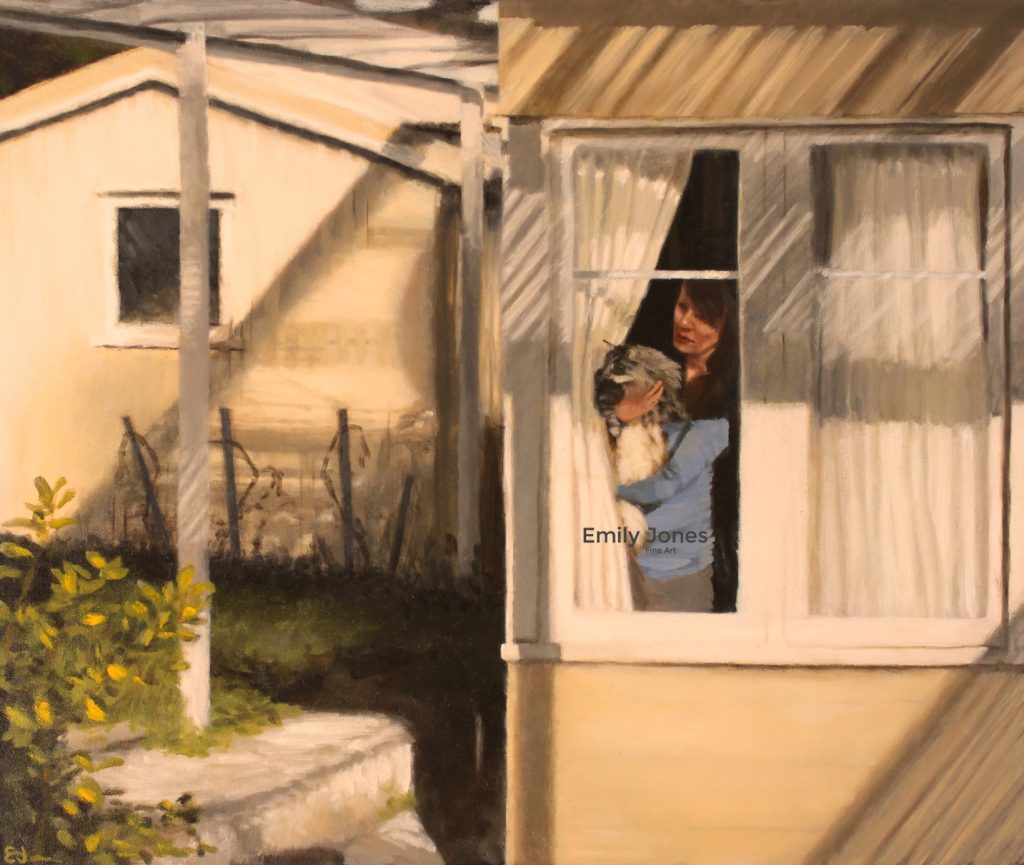
Intersection, 50 x 60cm, Oil on canvas
I also created a series based on my sojourn in southeast London, living in the vibrant, multicultural suburb of Brockley. It was a great privilege to have three of these paintings exhibit in New York City recently, as part of the Chelsea International Fine Art Competition Exhibition.
Take your work ‘Things off in Shadow, Half way in Light’ discuss your use of tones in this painting.
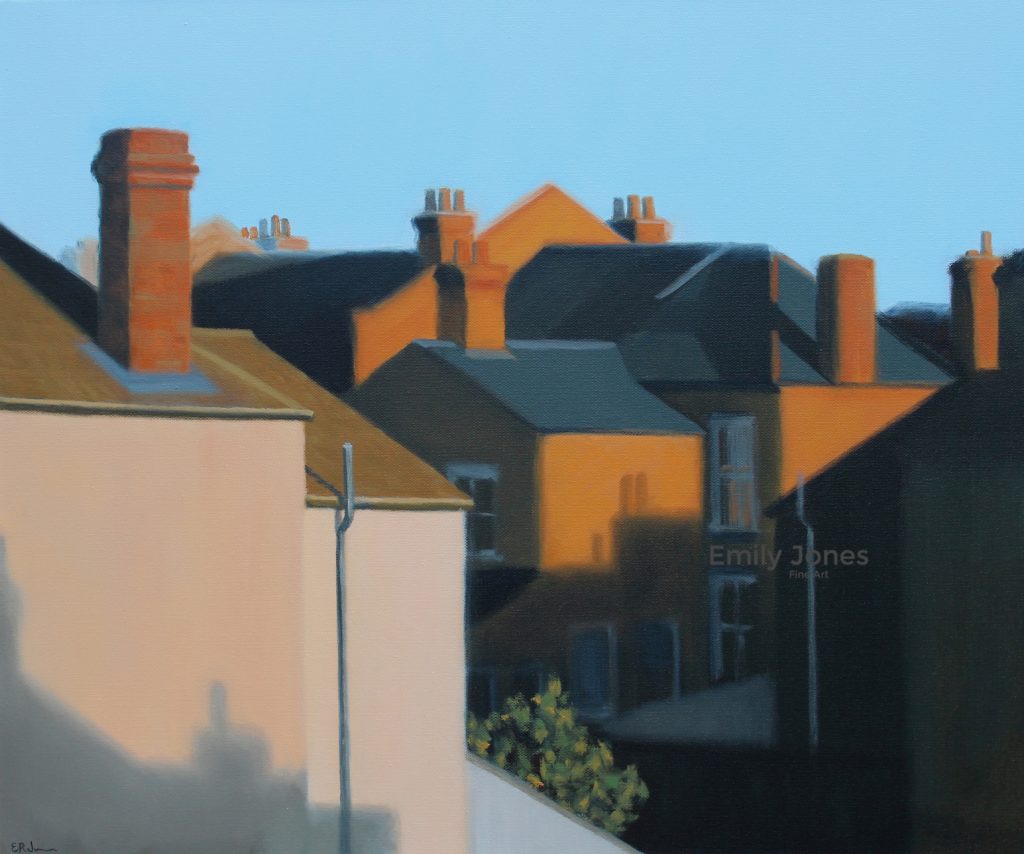
Things Off in Shadow and Halfway In Light, 50 x 60cm, Oil on canvas
The view from my London flat captured my attention one sunny afternoon. The light illuminated the densely built up area and highlighted some amazing shapes. I pushed that composition to emphasize the shapes and make it work on an abstract level not just representational one. I then used my knowledge of tone (light and dark) to capture both the depth-of-field also represent a deeper theme. The tension between light and shadow, interior and exterior domestic spaces. The eye is attracted to light, and this brings joy; yet there is a melancholy in the shadow; the quality of life.
In your artistic training, why have you replicated portraits using famous portrait Artists work, discuss.
A powerful way to learn new skills from the Old Masters is to observe their work, and there’s no better way to observe than to copy one as an exercise.
The value of such close work at this level for you the artist?
Working so closely with a master painting forces you to observe their handling of paint and brushwork, colour palette, and composition (John Singer Sargent is a wonderful teacher of these art principles). You can’t help but ask yourself questions like, ‘why did they choose to sit their subject in this pose?” or “What does that reveal about their character?”
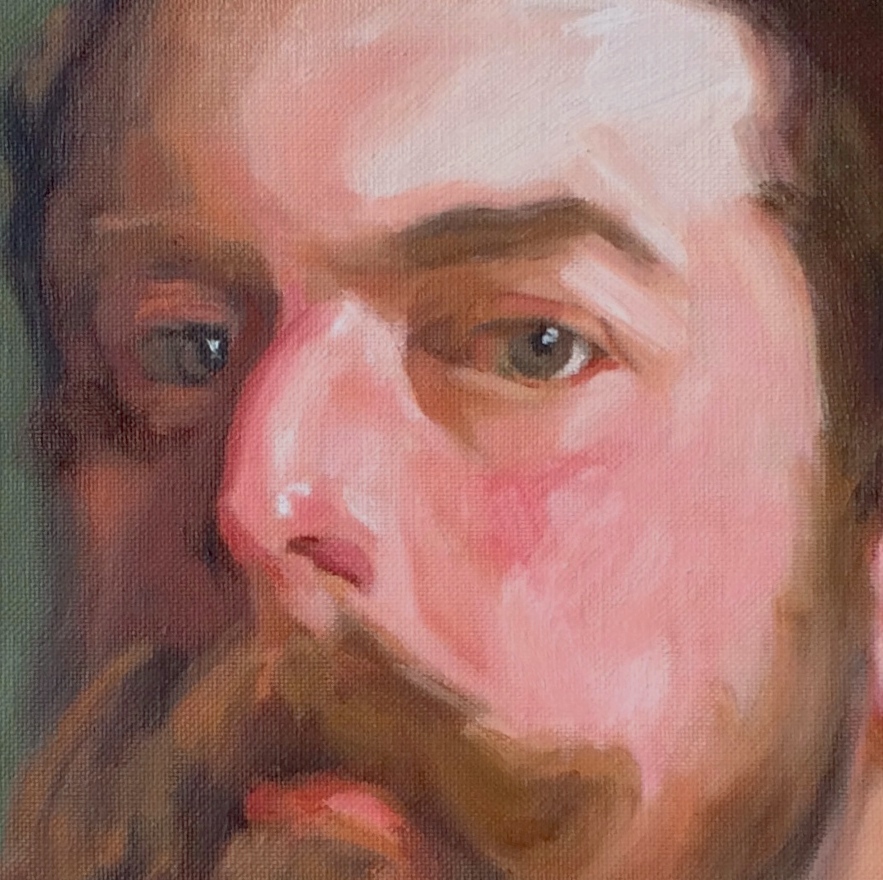
Copy after John Singer Sargent, (detail) 2016, 50 x 60 cm, Oil on canvas
Working with eyes using Vermeer’s work?
Eyes are tricky, there are many curves, textures, skins folds and subtle colour changes. It is easy to get them wrong; a cross-eyed Girl with a Pearl Earring would look rather funny. Therefore, by closely observing the nuanced paint handling of a Master like Johannes Vermeer, I am able to take these lessons and apply them to my original portraits.
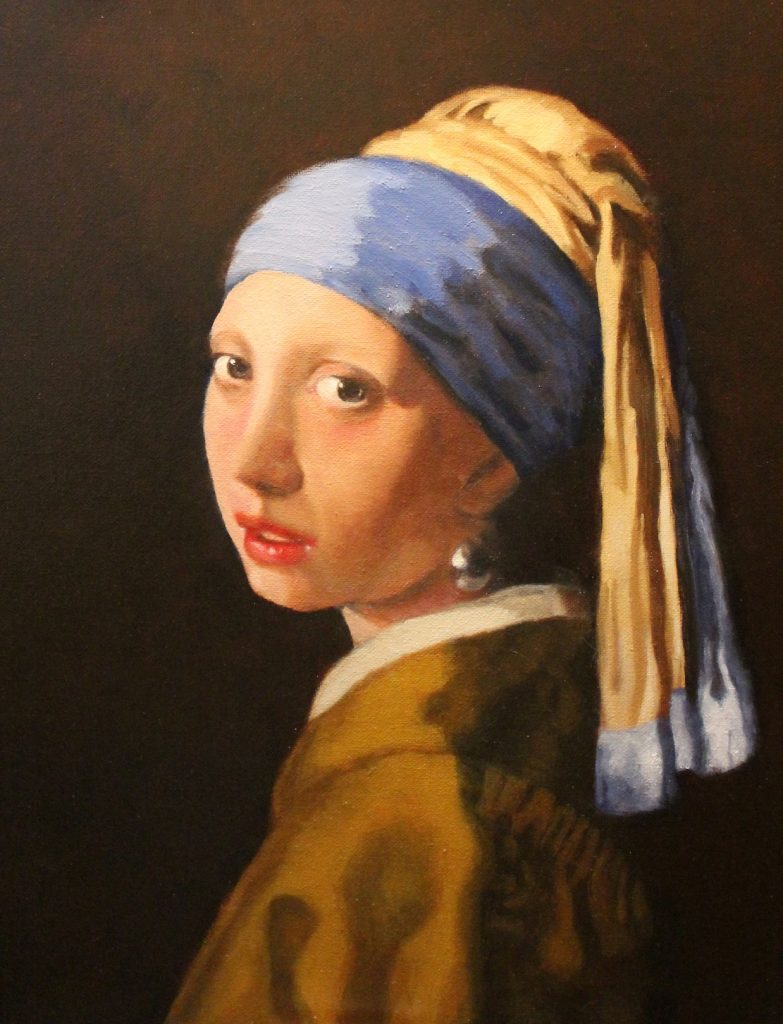
Copy after Vermeer
Explain how working on a ‘Self Portrait’ impacts on your work, e.g. Intersection, Watering Unfinished, Artemis (Self Portrait)?
When I was training with Steve Bowden, the first portrait we attempted was a self-portrait using a mirror. It was technically difficult and confronting to have to stare at my own reflection, and then reproduce my image on canvas. However, it was a great learning experience, and any painting attempted after that one has been an easier challenge in comparison.
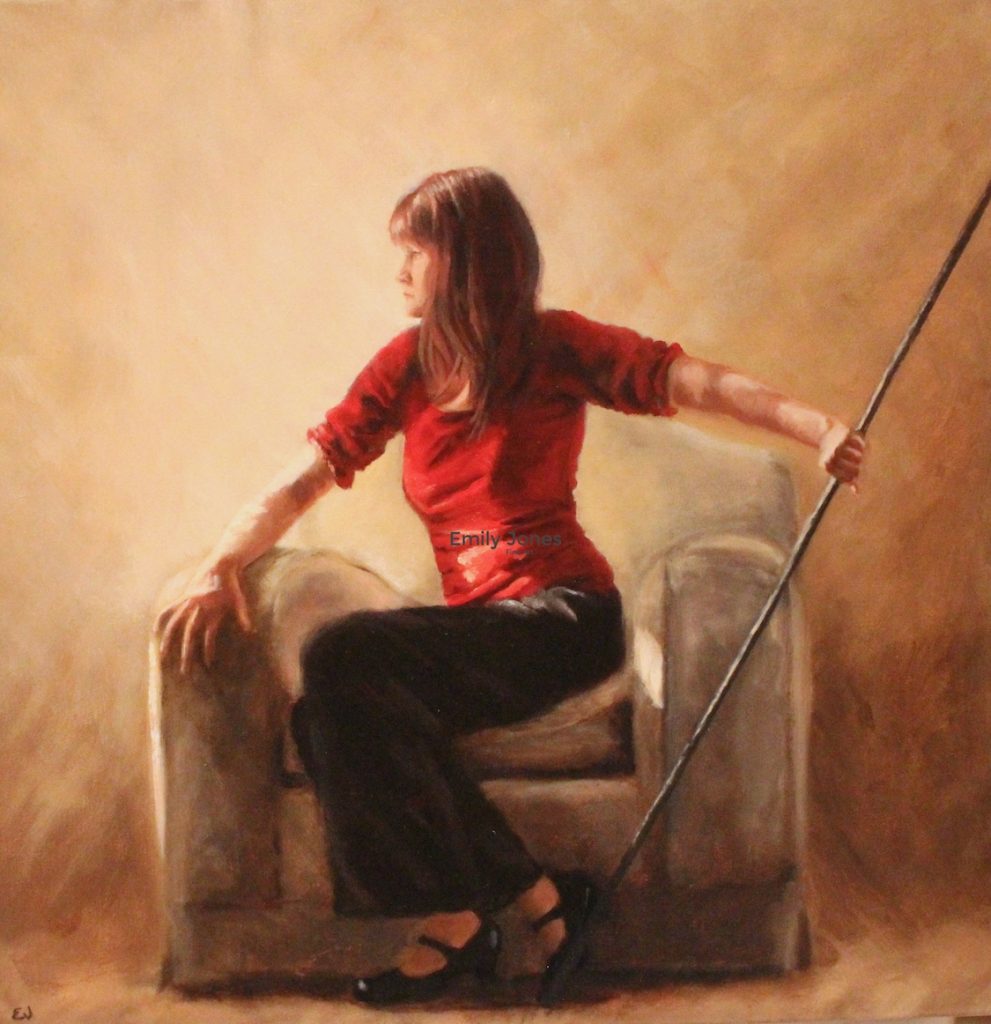
Artemis (Self Portrait)) 50 x 50cm, Oil on canvas
Using self-portraiture helps me explore themes as mentioned earlier, such as ‘isolation and connection’; ‘joy and melancholy’; and ‘identity and place’. I have even painted myself as the Ancient Greek goddess, Artemis. Beyond these general themes, I tend not to speak too openly about individual paintings. I like my work to have a little mystery; to draw the viewer in and to create their own narratives, much like the work of Edward Hopper or Mary Cassatt.
Do you work from life when portrait painting?
I work from either life or photographs when painting. Working from life is a wonderful experience and an important way to hone portraiture skills. It is (mostly!) a rewarding challenge to observe the human form while working within a limited time frame and overcoming the challenge of subtle movements in the model. However, there are other times when I must work from photos, either for cost or time constraints, or the sitter is unable to sit still longer that a few seconds (such as kids!).
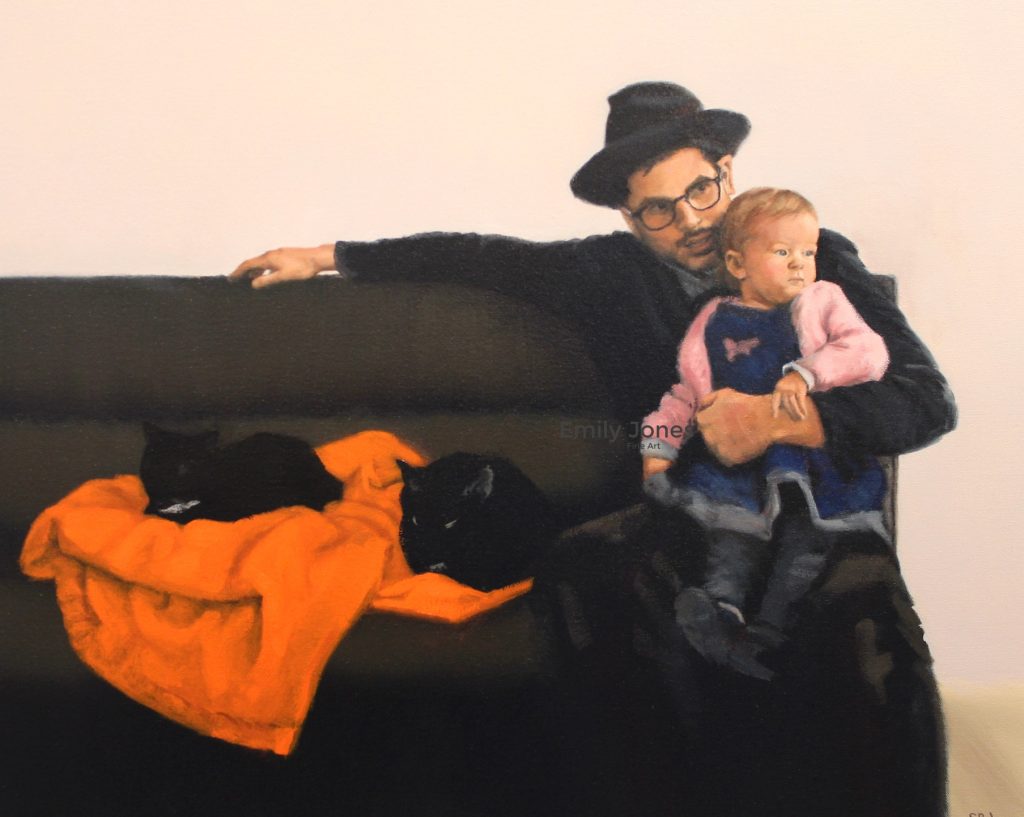
Horizon, 60 x 80 cm. Oil on canvas
Discuss one portrait commission that you have done recently and the response on completion from ….
I completed a portrait commission recently for a client who had seen my artwork in the Tasmanian Portraiture Prize. It was quite a touching story, the client had an illness and he wanted a portrait painted of his beloved wife. She was not as keen to see herself up on the wall but she came around in the end. He wanted me to capture her soft and caring nature.
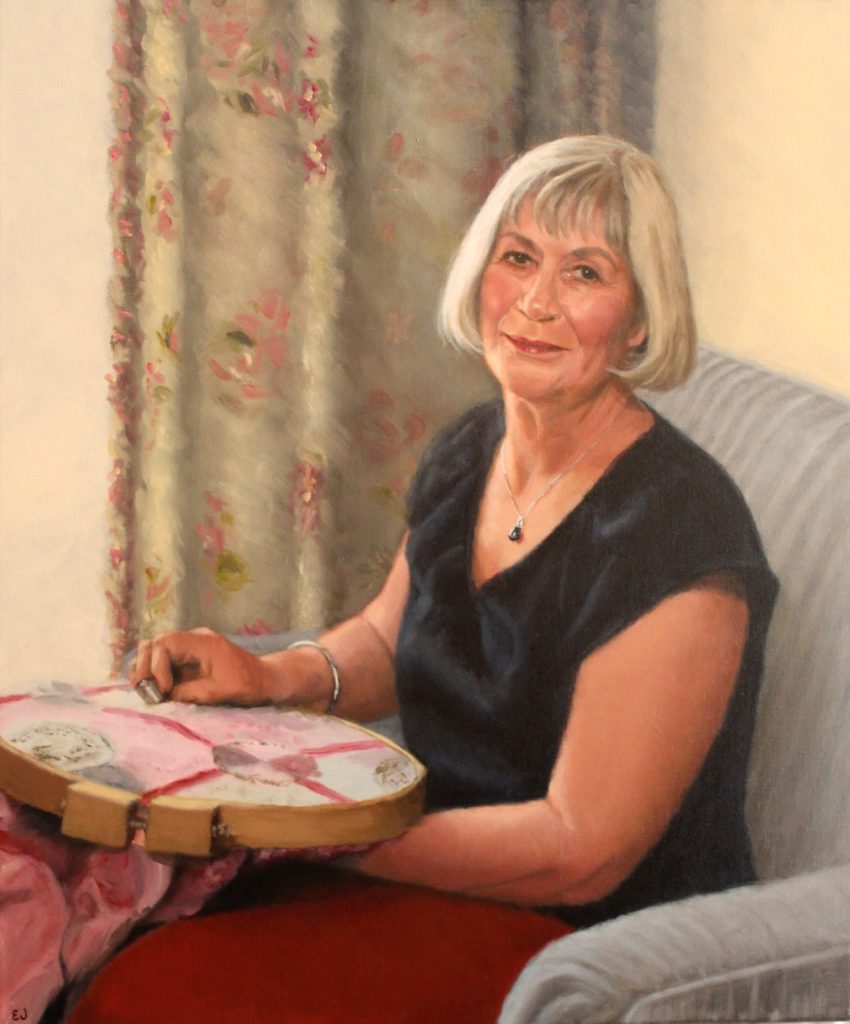
Beloved, 50 x 60cm, Oil on linen
Yourself: I was pleased with the outcome particularly as this was the first commission completed after the birth of my daughter; a satisfying accomplishment. It was a formal pose but has personal and comforting touches the reflect the sitter, such as her fondness of quilting.
The Commissioner: I like to work in consultation with my clients throughout the process, however, he was also a wonderful client to work for as he had faith in my artistic decisions.
The sitter: And his wife, the sitter, was happy with the final result, which was the greatest relief to me!
Contact:
emilyjones83@gmail.com
www.emilyjonesfineart.com
Emily Jones, Tasmania, Australia
Interview by Deborah Blakeley, October 2017
Think a colleague or friend could benefit from this interview?
Knowledge is one of the biggest assets in any business. So why not forward this on to your friends and colleagues so they too can start taking advantage of the insightful information the artist has given?
Other artists you may be interested in:

